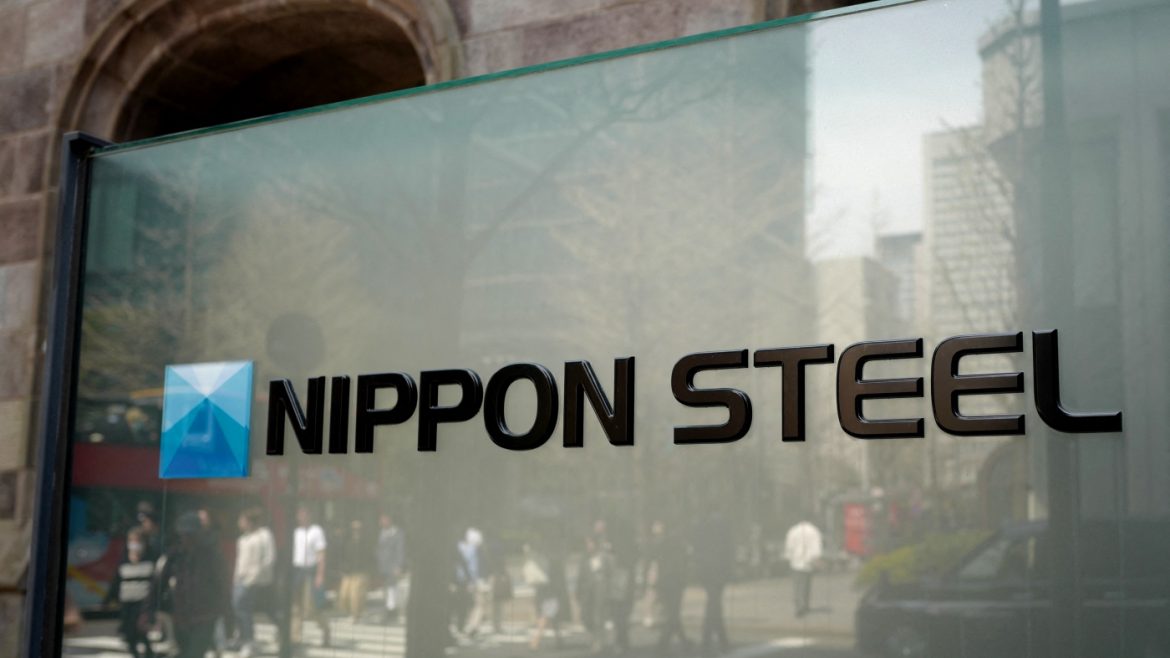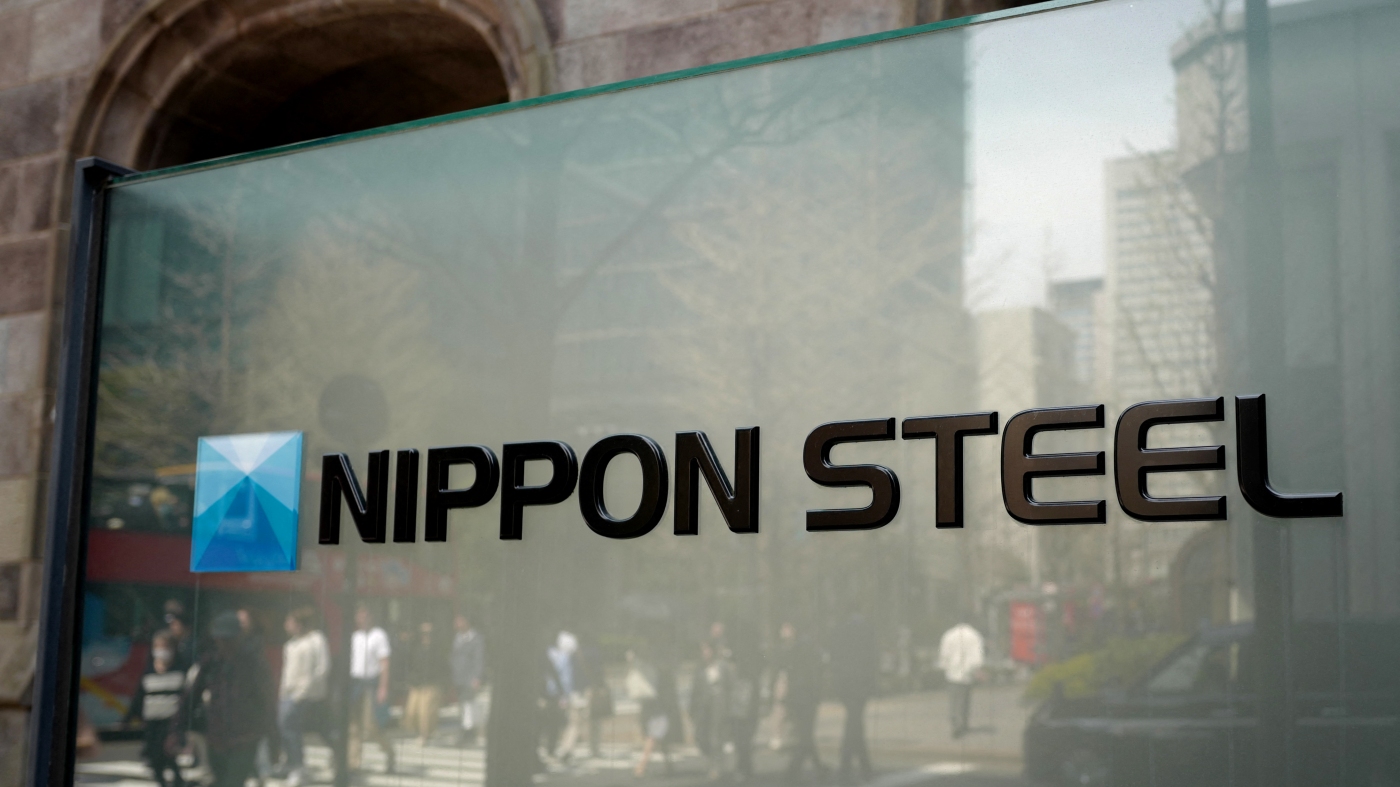Unraveling the U.S. Steel and Nippon Steel Deal: Dynamics, Controversies, and Implications
The evolving saga of the partnership between the U.S. Steel Corporation and Japan’s Nippon Steel has captured significant political, economic, and public attention, especially under President Donald Trump’s fluctuating stance. This deal, valued at approximately $14.9 billion, marks a pivotal moment for the American steel industry, with far-reaching implications for employment, national control, international trade, and industrial strategy.
—
The Genesis and Evolution of the Deal
Initially announced in late 2023, the acquisition proposal involved Nippon Steel purchasing U.S. Steel, America’s storied and historically significant steelmaker founded over a century ago. The deal promised an infusion of $14 billion in investments into U.S. Steel’s operations with a goal to expand production capacity and modernize facilities predominantly based in Pittsburgh, Pennsylvania.
However, from the outset, the transaction faced intense scrutiny regarding national security and economic sovereignty. Former President Joe Biden originally blocked the sale, citing concerns about foreign control that could jeopardize the American steel supply chain’s integrity amid a volatile global environment. This intervention reflected broader apprehensions about foreign acquisitions in strategic industries.
The deal resurfaced as a “planned partnership”, with President Trump reviving it under a framework designed to retain U.S. Steel’s headquarters in Pittsburgh and reportedly guarantee American control despite Nippon Steel’s involvement. According to official statements, this partnership would create at least 70,000 jobs and inject $14 billion into the U.S. economy.
—
Political Fluctuations and Messaging Ambiguities
One of the most striking features of this deal’s journey is the dramatic shift in President Trump’s position toward the Nippon Steel acquisition. During his presidential campaign, Trump vocally opposed the takeover, pledging to block it and even threatening tariffs to protect the domestic steelmaker. His rhetoric included warnings to “Buyer Beware,” emphasizing the importance of U.S. ownership and control over critical infrastructure.
Yet, within a few months, Trump’s stance softened considerably. He publicly endorsed what he framed as a “partnership” rather than an acquisition, highlighting that U.S. Steel would “remain in America” and maintain its Pittsburgh headquarters. He praised the influx of capital and promised significant job creation, offering this collaboration as a win-win for American industry and global competitiveness.
This pivot, however, sowed confusion. Reports emerged that Nippon Steel had not entirely withdrawn its bid to purchase U.S. Steel, contradicting claims that the company would strictly invest without taking ownership. This unclear communication led to market volatility, with U.S. Steel’s shares experiencing notable declines amidst investor uncertainty.
—
National Control and Government Oversight
Critical to the deal’s acceptance was the demand from U.S. lawmakers and officials to secure meaningful American oversight. Legislation passed or proposed ensured that the U.S. government would hold a “golden share” or special veto authority over significant corporate decisions within the merged entity. This arrangement was positioned as a safeguard to prevent foreign dominance over the steelmaker’s strategic operations, including decisions affecting employment, domestic production, and national security.
Senator David McCormick has voiced support for this approach, signaling confidence that U.S. interests remain protected even with foreign capital participation. The government’s retained influence is especially poignant given steel’s central role in defense manufacturing and infrastructure projects.
—
Economic and Industrial Impact
If fully realized, the partnership is expected to add tens of thousands of American jobs—a critical promise given the steel sector’s historical erosion and pressures from global competition. The $14 billion in investments is earmarked for expanding production capacity, adopting advanced technologies, and upgrading facilities, factors vital to maintaining market relevance amidst international rivals.
The collaboration also fits within Japan’s Nippon Steel’s broader global expansion strategy, enabling it to offset declining domestic demand by expanding its footprint in the robust U.S. market. For U.S. Steel, the deal offers access to Japanese technology, capital, and potential synergies in production and supply chains.
—
Broader Trade and Defense Implications
The deal’s significance transcends corporate boundaries, touching on wider geopolitical and trade issues. Japan is reportedly considering purchases of U.S. defense equipment as a bargaining chip in ongoing tariff discussions, tying industrial deals to strategic alliances and negotiation leverage.
Meanwhile, President Trump mentioned potential savings for government departments such as the Pentagon and the Education Department through related budget reviews, hinting at broader fiscal implications tied to these industrial partnerships.
—
Lingering Questions and Public Sentiment
Despite official endorsements, skepticism remains among steelworkers’ unions and sections of the American public, wary of potential foreign control creeping in disguised as “partnerships.” Concerns include long-term job security, decision-making authority, and the authenticity of promised investments.
Moreover, the deal’s final terms have been described as “murky,” with details evolving even as public rallies and political endorsements spotlight the arrangement. This opacity fuels unease about whether the deal serves American interests fully or prioritizes international corporate expansion.
—
Conclusion: A Complex Intersection of Industry, Politics, and Identity
The U.S. Steel and Nippon Steel deal exemplifies the complexities at the intersection of international business, national security, and political posturing. On one hand, it promises revitalization of a foundational American industry, substantial job creation, and bilateral cooperation. On the other, it raises tricky questions of sovereignty, transparency, and consistency in political oversight.
The deal’s ultimate impact will depend not only on the capital invested and jobs created but also on governance mechanisms ensuring genuine American control and accountability. As the steel industry navigates 21st-century demands, this partnership might become a blueprint for how countries balance openness to global investment with safeguarding strategic domestic assets.
Until then, the U.S. Steel-Nippon Steel story remains a potent reminder that modern industrial deals are as much political theater as economic strategy, crafted amid competing narratives of national pride, global integration, and economic pragmatism.


